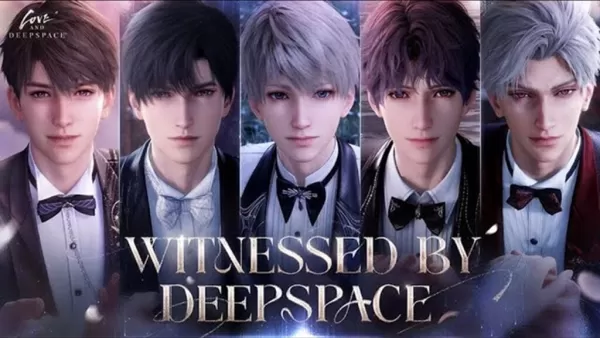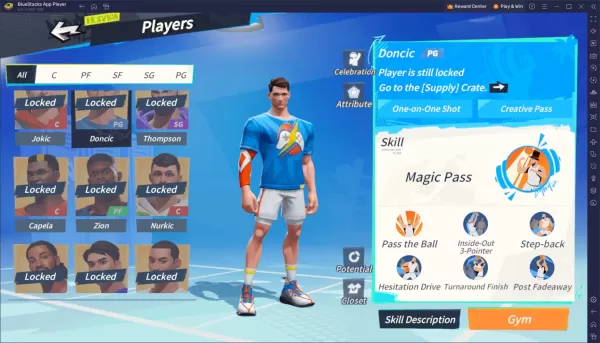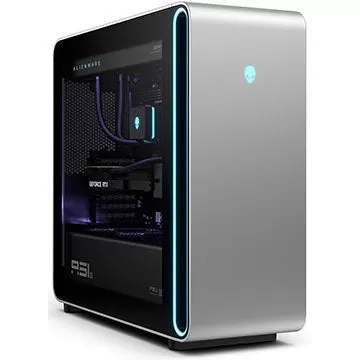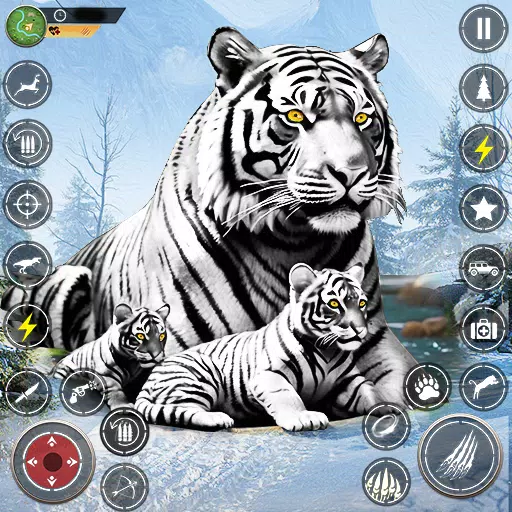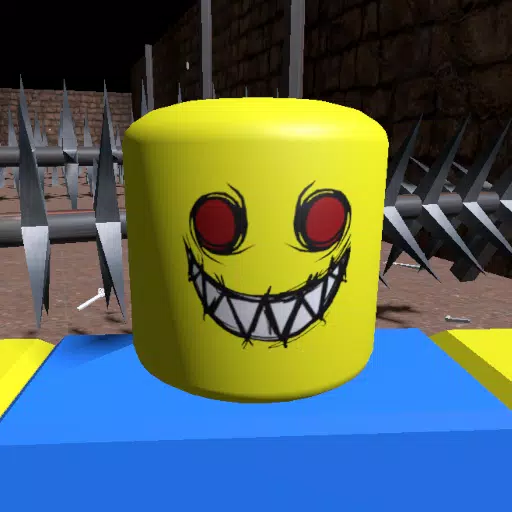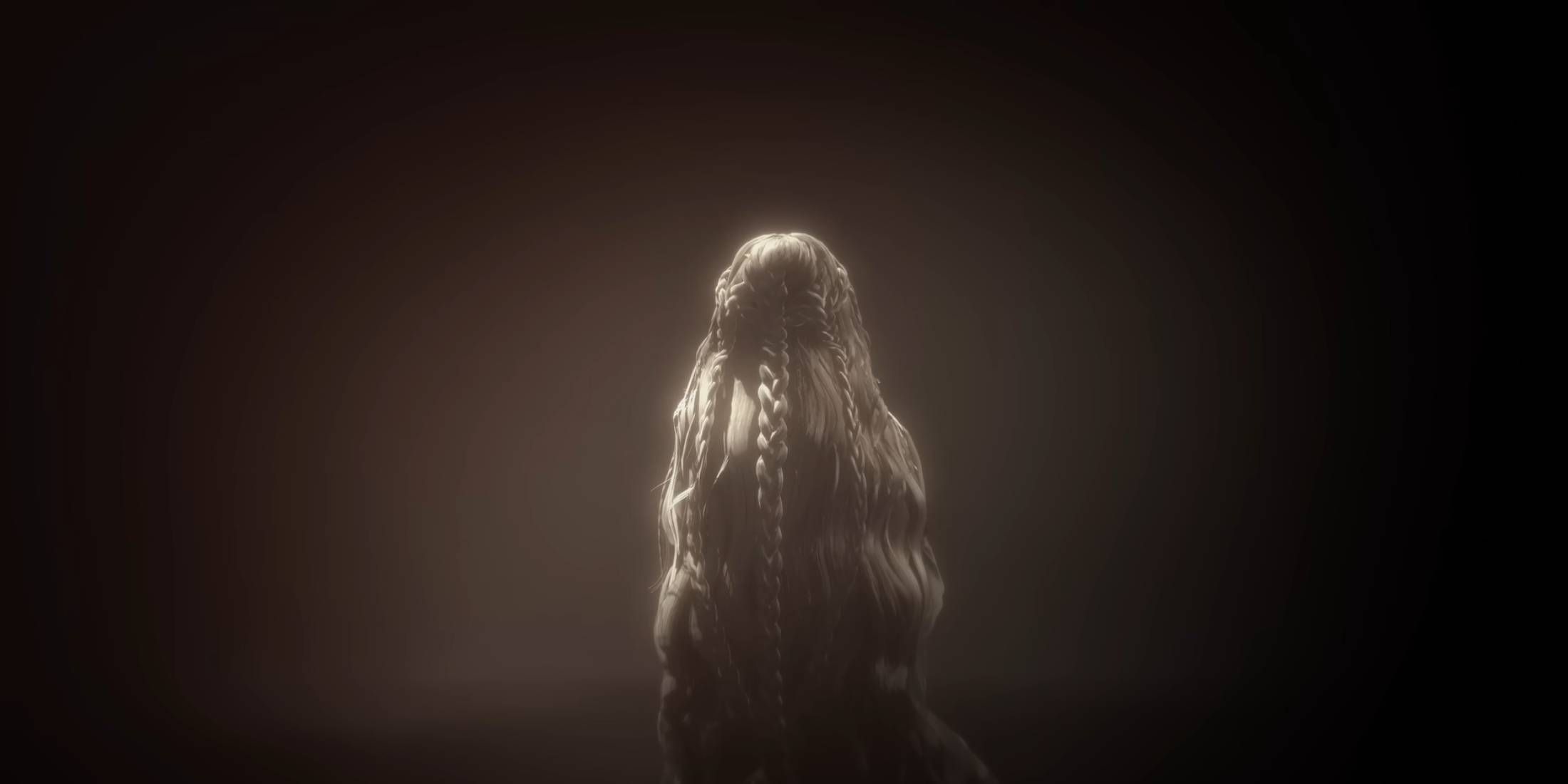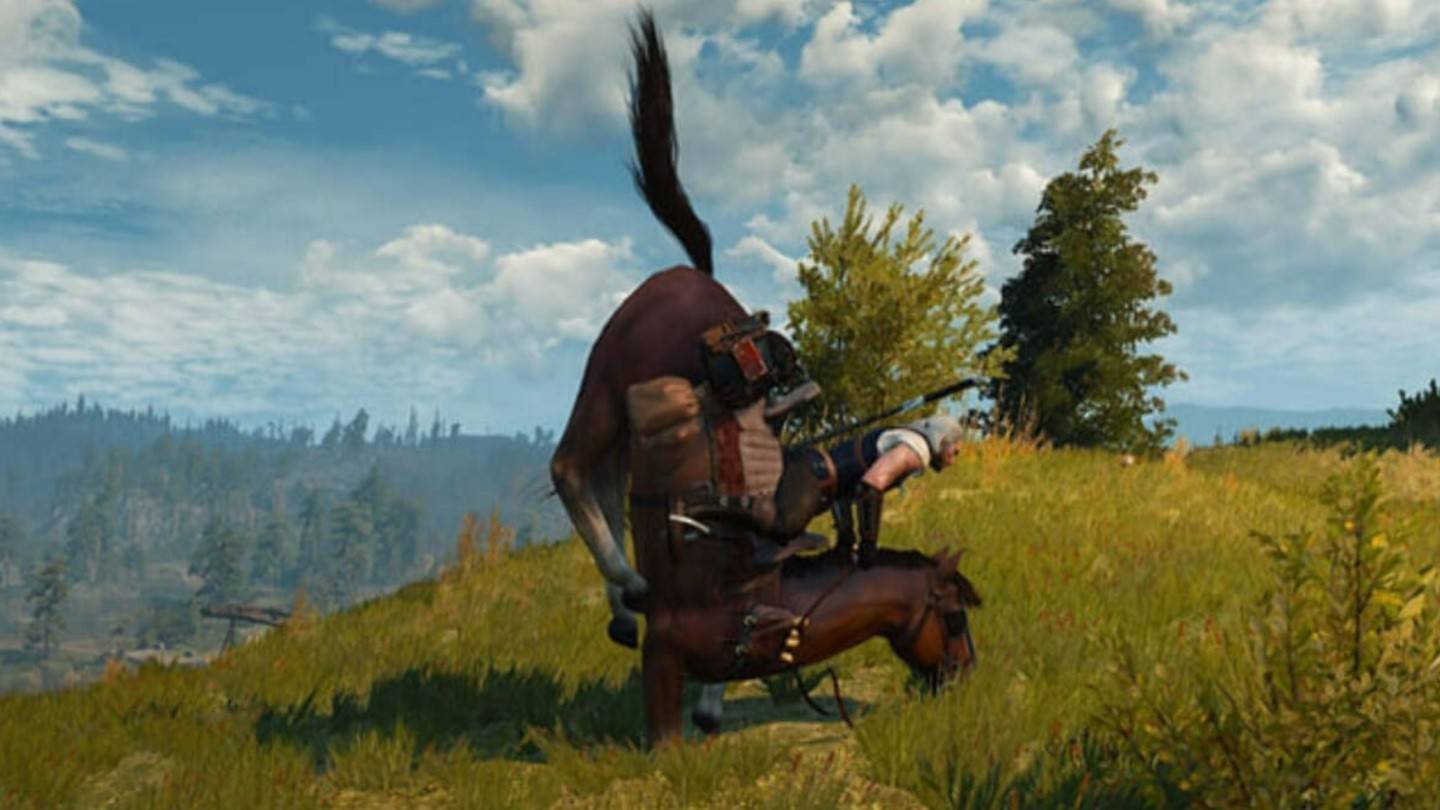Technical State of Monster Hunter Wilds on PC is Catastrophic

Capcom's latest release has surged to the 6th spot on Steam's list of most-played games, yet it faces significant backlash from the community due to its substandard technical performance. Digital Foundry's in-depth review of the PC version has only reinforced these criticisms, highlighting a series of disappointing technical shortcomings.
The analysis reveals that the game struggles with shader pre-compilation, taking approximately 9 minutes on a system equipped with a 9800X3D processor and over 30 minutes on a Ryzen 3600. Moreover, even when set to "High" graphics settings, the texture quality fails to meet expectations. Users with an RTX 4060 running the game at 1440p resolution with "High" settings and balanced DLSS experience significant frame time spikes. Similarly, the RTX 4070, despite its 12 GB of memory, does not render textures adequately.
For those using GPUs with 8 GB of memory, Digital Foundry suggests dropping the texture quality to "Medium" to reduce stuttering and frame time spikes. However, this compromise does not resolve the issue of poor visual quality. Quick camera movements exacerbate the problem, though slower movements mitigate it to some extent. Even with reduced texture quality, frame time issues persist.
Alex Battaglia of Digital Foundry points to data streaming as the core issue, causing excessive GPU load during decompression. This is especially problematic for users with budget GPUs, resulting in severe frame time spikes. Battaglia advises against purchasing the game for those with 8 GB GPUs and expresses reservations about its performance on even higher-end setups like the RTX 4070.
The situation is particularly dire for Intel GPU users. The Arc 770, for instance, only manages 15-20 frames per second, accompanied by missing textures and other visual glitches. While some of these issues can be alleviated on more powerful systems, the game's performance remains inconsistent. At present, finding optimized settings that do not severely compromise visual quality is nearly impossible.







